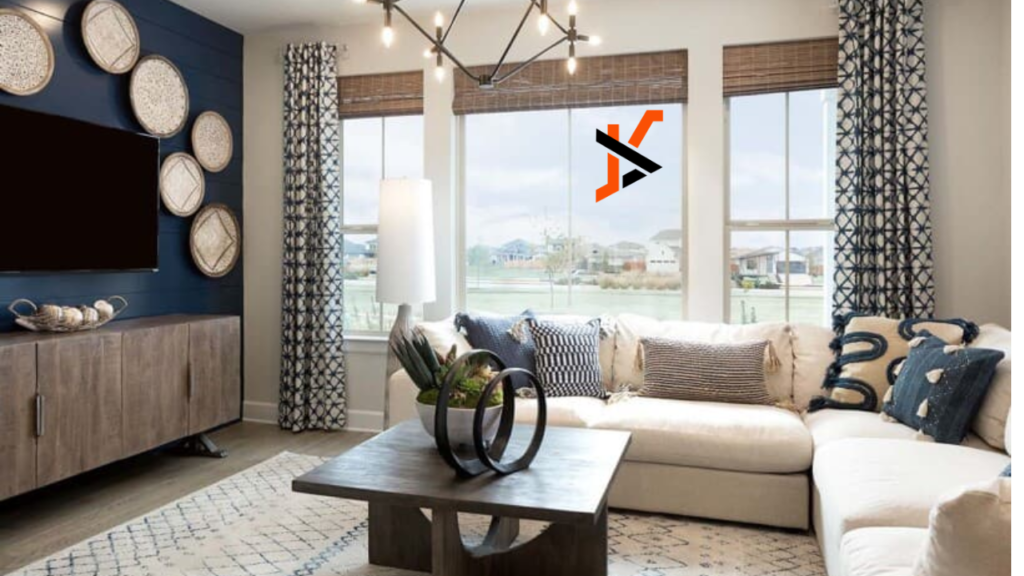When COVID-19 flipped the world upside down in early 2020, industries across the globe scrambled to adapt. One of the sectors hit hardest—yet rarely in the spotlight—was real estate. Specifically, companies like Brookfield Residential had to quickly reimagine how to build, market, and sell homes. Sounds like a logistical nightmare, right? Surprisingly, Brookfield didn’t just survive—they evolved.
Who is Brookfield Residential?
A Quick Background
Before diving into their pandemic story, let’s set the stage. Brookfield Residential is a well-known North American land developer and homebuilder, crafting master-planned communities across the U.S. and Canada. They’re not your average builder—they aim to create vibrant neighborhoods with parks, walkways, and that “this-feels-like-home” charm.
Market Presence Before COVID-19
Before the chaos, Brookfield was cruising. Their developments in California, Texas, and Alberta were booming, and the company was riding high on rising home demands. But when COVID-19 hit? The brakes came on fast.
How COVID-19 Changed Everything
Shutdowns and Uncertainty
In March 2020, local governments began halting construction, real estate offices closed, and open houses were canceled. Brookfield Residential had to hit pause on many projects, and nobody really knew when things would go back to normal—if ever.
New Customer Behaviors and Fears
Homebuyers became anxious. Would prices crash? Was it safe to move? Suddenly, people weren’t just shopping for countertops—they were rethinking how homes could double as offices, gyms, and classrooms.
Brookfield Residential’s Immediate Response
Health and Safety Protocols
Brookfield didn’t waste time. They quickly adopted CDC-aligned safety practices across all construction sites and offices—think daily health checks, PPE mandates, and staggered shifts. Their goal? Keep workers safe and projects running.
Shifting to Virtual Tools
If customers couldn’t come to the homes, Brookfield brought the homes to the customers—digitally.
Virtual Tours
Using 3D walkthroughs and live video chats, potential buyers could explore properties from their couches. It wasn’t just a cool feature—it became essential.
Online Paperwork & Digital Closings
The days of signing papers in person vanished. Brookfield moved to online contracts, virtual notarization, and digital closings, speeding up the buying process while staying contact-free.
Supporting Employees and Homebuyers
Remote Work Transitions
Like many others, Brookfield sent office staff home. But they didn’t just hand out laptops and say “good luck.” They provided remote support, mental wellness resources, and flexible hours—understanding that kids were suddenly coworkers too.
Financial Relief and Flexible Buying Options
Recognizing the financial strain COVID brought, Brookfield introduced buyer incentives: payment deferrals, reduced down payments, and extended rate locks. This human-first approach built trust when customers needed it most.
Construction Challenges and Solutions
Labor Shortages & Supply Chain Issues
One major headache? Building materials. Lumber prices skyrocketed, deliveries were delayed, and labor shortages slowed progress. Yet Brookfield managed to stay nimble, rescheduling crews and sourcing local materials when needed.
Keeping Projects Moving Forward
Despite the chaos, many projects still moved forward. Brookfield used smaller, staggered teams and worked closely with local officials to maintain compliance. It wasn’t easy—but they made it work.
Adapting Marketing Strategies
Leveraging Social Media
With fewer in-person interactions, social media became a megaphone. Brookfield’s Instagram and Facebook pages shifted from polished promos to real-time updates, safety messaging, and virtual event invites.
Redefining “Home” During the Pandemic
Brookfield also nailed the messaging: instead of just selling houses, they focused on the idea of sanctuary. Homes as safe havens, flexible spaces, and community hubs—resonating deeply with anxious buyers.
Post-Pandemic Evolution
Hybrid Models: In-Person + Digital
As restrictions eased, Brookfield didn’t ditch their digital tools. Instead, they blended them with the old-school approach. Want a virtual tour before an on-site visit? No problem. Want to close from your kitchen table? Still doable.
Permanent Industry Changes?
Experts agree: COVID fast-tracked innovations that probably would’ve taken a decade to roll out. Brookfield proved that tech and tradition can live side-by-side in real estate.
Lessons Learned by Brookfield Residential
Resilience in Uncertainty
If COVID taught companies anything, it’s that agility beats perfection. Brookfield’s willingness to adapt—quickly and thoughtfully—was a major asset.
Innovations Worth Keeping
Virtual tools, remote flexibility, and buyer-friendly policies weren’t just stopgaps—they’re part of the new normal now. Brookfield’s COVID-era changes may have started as reactions, but many became long-term assets.
Conclusion: A New Chapter in Homebuilding
Brookfield Residential’s journey through COVID-19 is more than a story of survival—it’s a blueprint for how businesses can evolve under pressure. From embracing tech to putting people first, Brookfield didn’t just weather the storm—they redesigned the ship mid-sail.
As we move further from the peak of the pandemic, the real estate world is forever changed. And companies like Brookfield Residential are leading the charge into a smarter, safer, and more flexible future.







